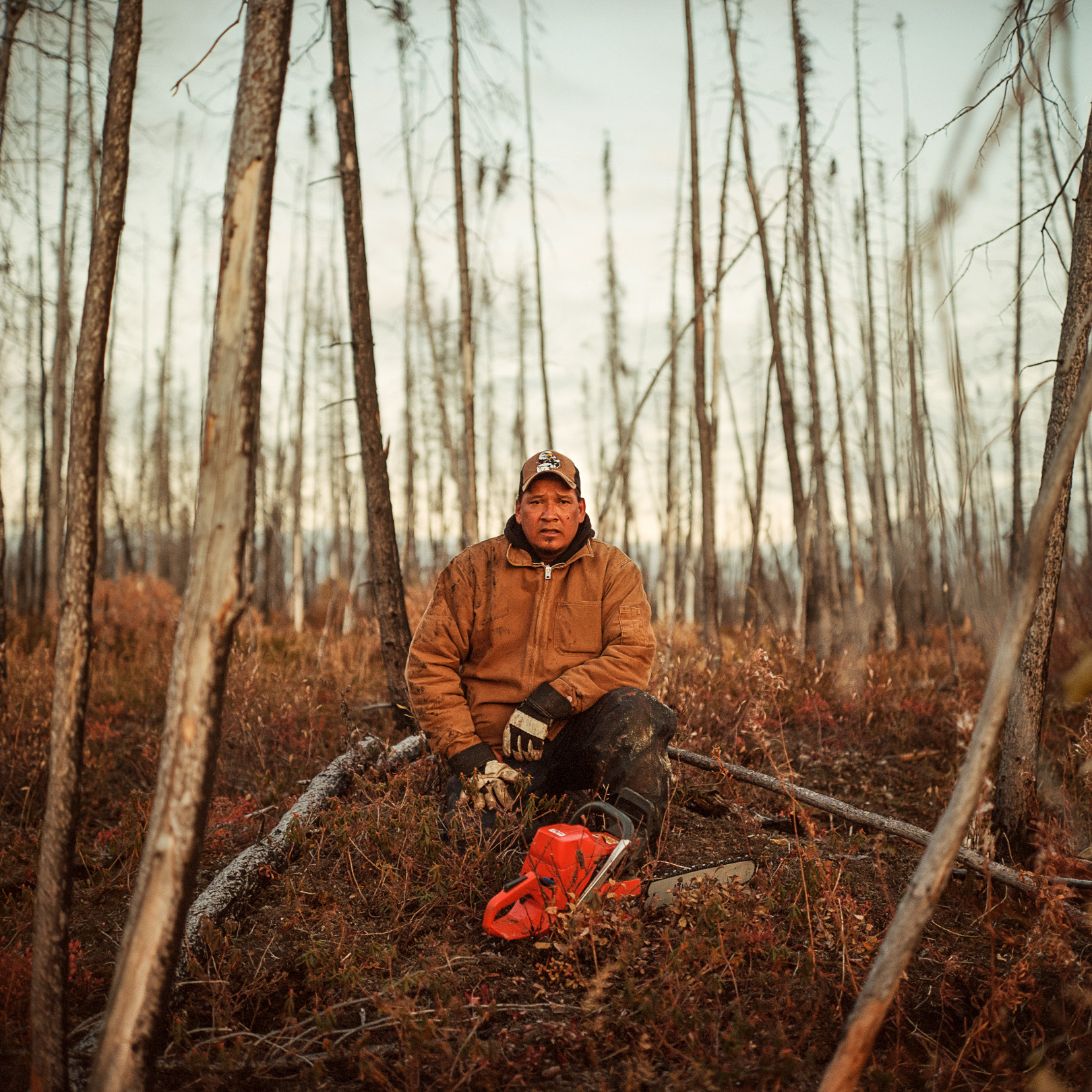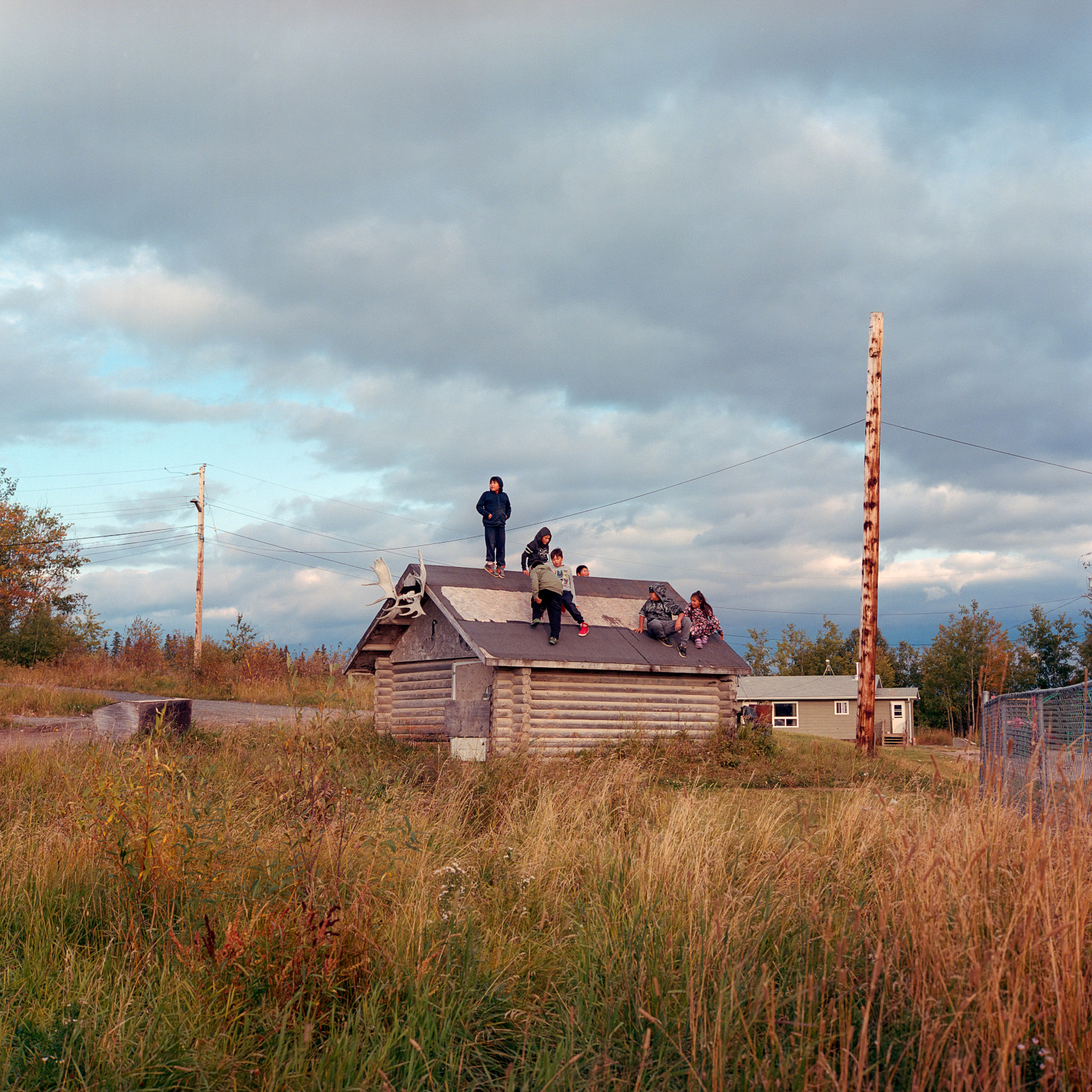Canada is the world’s third largest producer of hydroelectric energy, with 97% of the energy in the Province of Manitoba produced by hydroelectricity under the crown corporation of Manitoba Hydro, 75% of which comes from five dams on the Nelson River system in the north of the province where a sixth mega dam known as Keeyask is currently under construction to provide export energy to the United States. While marketed as clean renewable energy, these hydroelectric projects have transformed northern waterway ecosystems, effectively impacting indigenous health, culture, and livelihood. After decades of exploiting indigenous lands, in order to gain regulatory approval, Manitoba Hydro was forced to partner with four communities whose traditional territory would be impacted by the Keeyask dam. The proposed partnership divided the people – from those who saw the future in modern terms and those who clung tightly to their indigenous values to protect nature. Ultimately all four communities signed on: Tataskweyak Cree Nation, Fox Lake Cree Nation, York Landing, and War Lake Cree Nation. Each voted to purchase shares in the project, totaling 25%. Many who voted for the project were told it would be built with or without them. The dam has since gone massively over budget from $5.7 billion, to $6.5, now to an estimated $8.7 billion. However, by the time it is complete in 2021, it could cost upwards of $10.5 billion. This budget overrun coupled with a drop in the price of electricity in the U.S., due to natural gas fracking, has undercut profitability and the ability for the communities to benefit from the partnership. Tataskweyak Cree Nation who reside 60 km upstream of the new dam are worried for their future. Struggling with housing shortages, high unemployment, youth suicide, a drug crisis and a long-term boil water advisory, they will face the direct impacts of the Keeyask dam, further contributing to a legacy of damages to First Nations communities and the environment. These photographs taken from 2016 to 2019, documents the impacts of hydroelectric development in Northern Manitoba and seeks to acknowledge its role in the broader legacy of Canada’s evolving history of environmental colonialism.

Aaron Vincent Elkaim is a multi-award winning visual storyteller and photographer currently based in Toronto, Canada. His long-term work focuses on environmental narratives examining the tension between traditional cultures and industrialization. His work seeks to highlight important human and environmental rights issues, while illuminating the need to protect the natural world by revealing our profound connection to it.
Aaron’s professional work has been commissioned by numerous publications including The New Yorker, The New York Times, The Sunday Times Magazine, The Telegraph Magazine, The Globe and Mail, and Macleans Magazine. His work has also appeared in National Geographic, TIME, The Guardian, Marie Claire, and GEO.
His work has been recognized and awarded by institutions including Pictures of the Year International, Lens Culture, Burn Photography, The Oskar Barnack Award, The Society of Publications Designers, the Daylight Photo Award, American Photography, the Magenta Foundation, Photolucidia, PDN, and the Lucie Awards. He is also the recipient of the 2016 Alexia Foundation Professional Grant for his project “Where the River Runs Through” and has received grants from the Canada Council for the Arts, the Ontario Arts Council, and the Toronto Arts Council.
Lodi, Parco Isola Carolina
viale Dalmazia
FREE ENTRY
Go back
Themed Area – Mother Earth
Go back
Themed Area – Mother Earth



